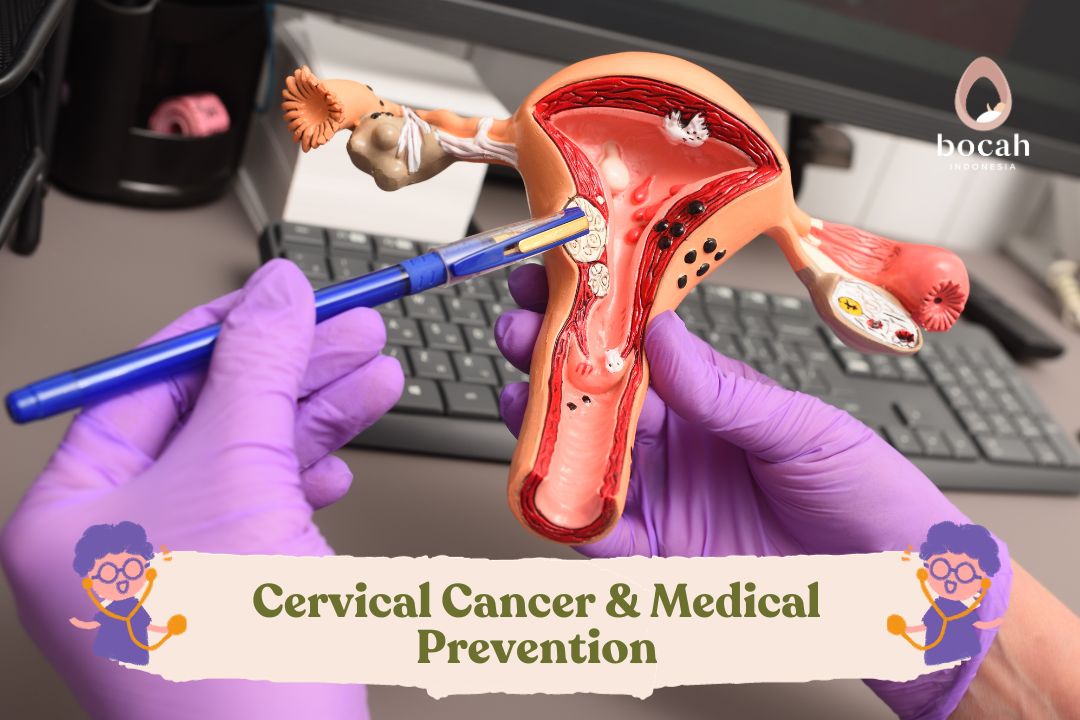Male Urinary Tract: Disorders and Prevention

The urinary tract is an essential part of the body’s process for producing and excreting urine through the penis. The male urinary tract consists of the bladder, kidneys, ureters, and urethra.
- Bladder: A pouch-like organ that stores urine.
- Kidneys: Organs responsible for producing urine.
- Ureters: Paired tubes that transport urine from the kidneys to the bladder.
- Urethra: A single tube that carries urine from the bladder, passing through the prostate and exiting the body via the penis.
Disorders of the Male Urinary Tract
The urinary tract can become infected when bacteria accumulate. While women are more prone to these infections, men are not exempt. Disorders can result from infections, muscle function decline, stone formation, or nerve issues that regulate urine flow from the bladder.
Here are some common disorders:
1. Urinary Incontinence
This condition occurs when nerve or muscle function in the bladder and urinary tract is impaired. It leads to uncontrolled urination, often causing incontinence. This condition is common among the elderly.
2. Nephrotic Syndrome
This disorder involves an increased protein level in urine due to kidney nephron damage. Nephrons filter waste and excess fluids from the blood. Patients may experience body swelling. Causes include congenital membrane abnormalities, autoimmune diseases, and metabolic issues such as diabetes or amyloidosis.
Tanya Mincah tentang Promil?
3. Urinary Tract Infection (UTI)
This common disorder can affect the urinary tract and kidneys. Women are at higher risk due to their shorter urethras, making it easier for bacteria to reach the bladder.
4. Nephritic Syndrome
This condition involves kidney inflammation, causing swelling, pelvic pain, painful urination, and discolored (cloudy or reddish) urine. It is often triggered by infections or inflammation.
5. Urethritis
Urethritis is inflammation of the urethra, usually caused by bacterial infection. Symptoms include pain and frequent urination.
6. Urinary Tract Stones
This occurs due to mineral deposits in the urine crystallizing within the urinary system. Larger stones increase the risk of complications, such as kidney, ureter, or bladder stones.
7. Kidney Failure
This condition arises when the kidneys can no longer filter blood and remove toxins. Causes include severe dehydration, hypertension, certain medications, and untreated diabetes.
Causes of Male Urinary Tract Disorders
1. Insufficient Water Intake
Dehydration can lead to urinary tract disorders. Drinking enough water helps prevent bacterial growth in urine, reducing the risk of infection.
2. Habit of Holding Urination
Holding urine increases the risk of UTIs, as stagnant urine allows bacteria to proliferate, leading to infection.
3. Not Urinating After Sexual Intercourse
It is recommended to urinate after intercourse to flush out bacteria that may have entered the urinary tract during sexual activity. Proper genital hygiene is also essential.
4. Prostate Issues
Benign Prostatic Hyperplasia (BPH) refers to an abnormal enlargement of the prostate gland, often occurring with age:
- 1 in 12 men aged 31–40 years
- 1 in 2 men aged 51–60 years
- 8 in 10 men over 80 years
How to Maintain Urinary Tract Health
To ensure optimal function of the urinary tract, adopt a healthy lifestyle with these tips:
1. Drink Plenty of Water
Adequate water intake helps the body produce urine, which flushes out harmful bacteria from the bladder and urinary tract.
2. Avoid Prolonged Sitting
Sitting for long periods can weaken urinary function, causing slow urine flow, increased urination frequency, and incomplete bladder emptying. Office workers should stretch every 15–30 minutes.
3. Maintain Genital Hygiene
Keeping the genital area clean prevents bacteria from entering the urinary tract, especially after sexual activities.
4. Pelvic Floor Exercises
Regularly performing Kegel exercises strengthens pelvic floor muscles, optimizing urinary control and bladder function.
If you experience unusual symptoms, consult a doctor promptly to address potential urinary tract issues.
Source:
- The Urinary Tract & How It Works. National Institute of Diabetes and Digestive and Kidney Diseases (2020).
- Urinary Tract. National Cancer Institute.
- Anatomy of the Urinary System. John Hopkins Medicine










